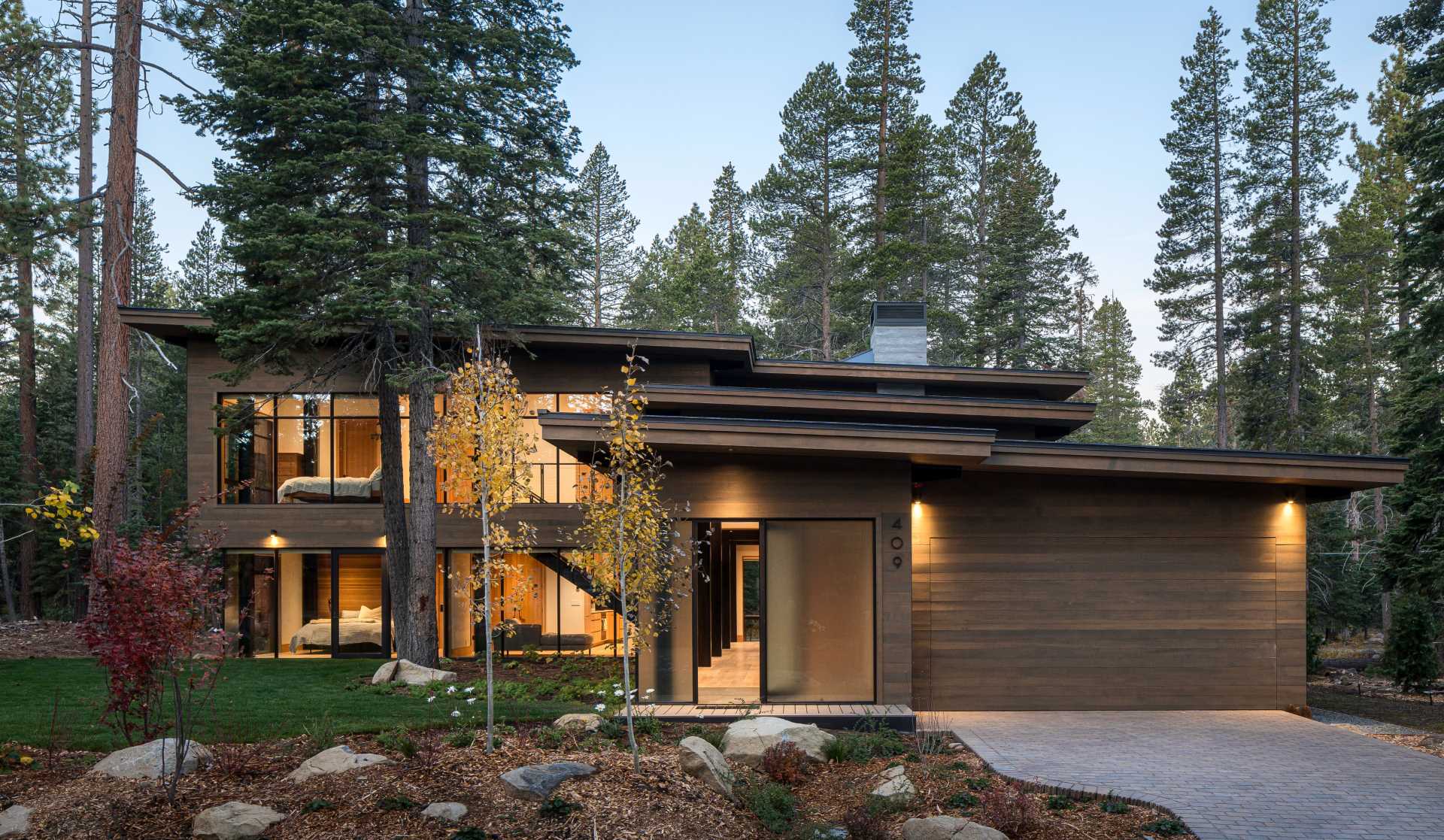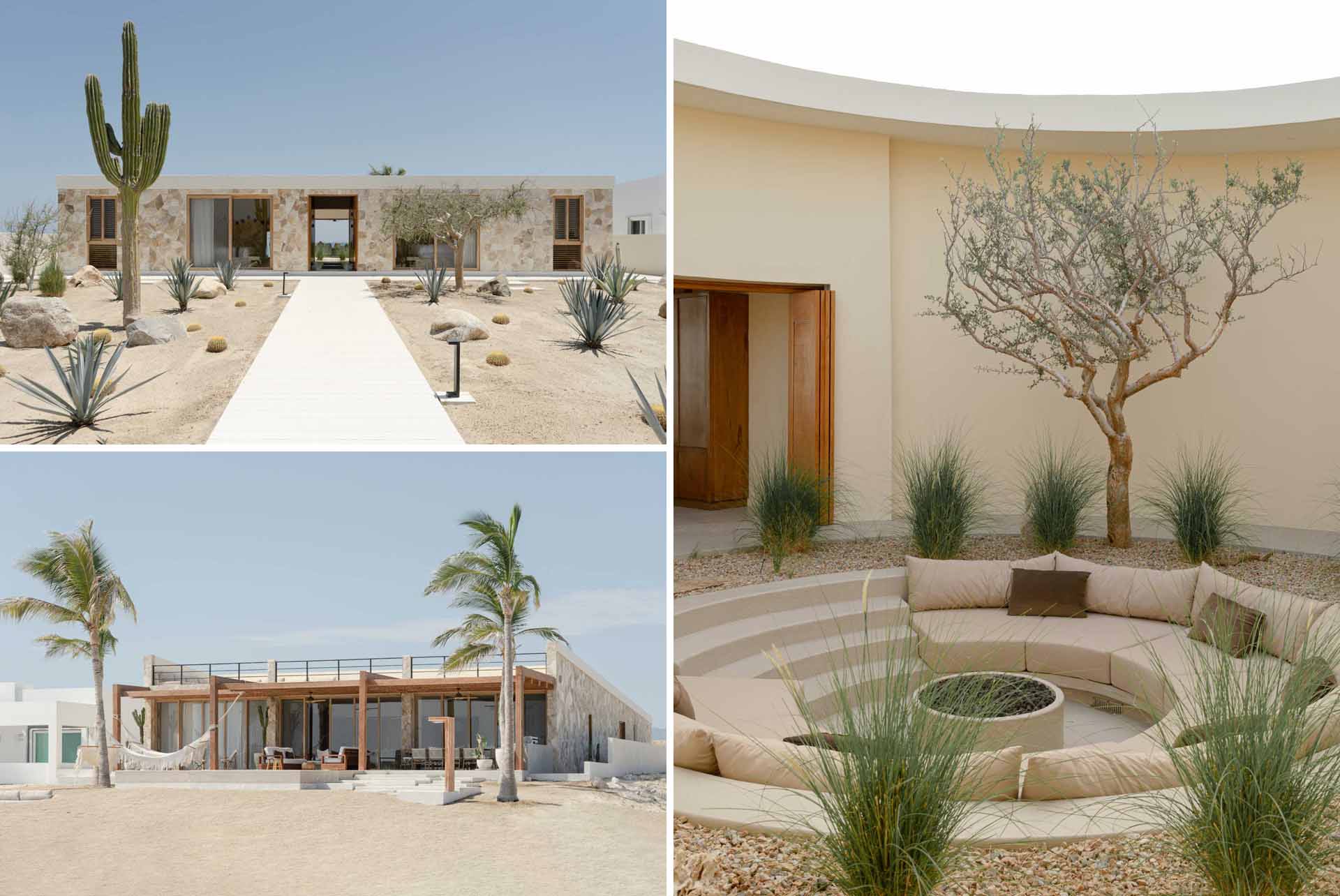Designing a space that feels visually dynamic and inviting often comes down to the details. One of the simplest yet most effective techniques in interior design is styling in odd numbers, particularly in groups of three or five. This principle, rooted in design theory and psychology, can elevate your décor and create a naturally pleasing aesthetic.
Why Odd Numbers Work
There’s a quiet magic in odd numbers that speaks to our sense of visual rhythm. Think about how your eye moves across a gallery wall – when artwork is grouped in threes, it creates a natural journey, a visual story with a beginning, middle, and end. With even numbers, our brain seeks perfect symmetry, creating a static, formal feeling. But odd numbers? They invite movement, create tension, and spark intrigue.
The power of odd numbers lies in their ability to create visual interest. When objects are grouped in odd numbers, our brains perceive them as more engaging and natural. Even numbers tend to feel more static and rigid, while odd groupings provide a sense of movement and balance that keeps the eye exploring the space.
The Rule of Three
The number three holds particular significance in design because it’s the smallest odd number that creates a sense of completeness. It offers just enough variety to feel interesting without overwhelming the viewer.
For example:
- A trio of vases or plant pots on a console table.
- Three books stacked with a decorative object on top.
- A sofa styled with three throw cushions of varying patterns and textures.

The Rule of Five
Groups of five take this dynamic energy even further. Consider a centrepiece of five stems arranged with varying heights – it creates enough complexity to hold interest while maintaining a sense of intentional design. It’s no coincidence that some of nature’s most captivating patterns, from starfish to flower petals, often come in fives.
When designing larger spaces or surfaces, styling in groups of five can add impact without feeling cluttered. It’s especially effective on coffee tables, bookshelves, or dining tables.
For example:
- Five candlesticks of varying heights on a dining table.
- A bookshelf styled with five objects per shelf: books, art, and small sculptural pieces.
- A cluster of five picture frames on a gallery wall.
There’s something inherently human about this slight imbalance – it feels more authentic, more alive.

Tips for Styling in Odd Numbers
- Vary Heights and Sizes
- Use objects of different heights, shapes, and sizes to create depth and dimension. For example, combine a tall vase, a medium-sized candle, and a small sculpture in a grouping of three.
- Stick to a Cohesive Theme
- While the objects should vary, they should also share a unifying element, such as color, material, or style. For instance, style a group of ceramic items in complementary shades or textures.
- Use Layers
- Place items at different depths to add visual intrigue. For example, layer a small object in front of a taller one, creating a sense of movement.
- Play with Negative Space
- Don’t overcrowd your groupings. Leave some negative space around the items to let each piece stand out and the arrangement feel balanced.
- Test Different Combinations
- Try multiple arrangements to see what feels most natural. Shift objects slightly or swap items in and out until the grouping feels cohesive and engaging.
Examples of Styling in Odd Numbers
- Coffee Tables
- Place a stack of three books, a decorative bowl, and a candle in a triangular arrangement.
- Shelving
- Arrange three decorative objects on one shelf and five on another for variety.
- Dining Tables
- Style five candlesticks or a trio of vases as a centrepiece.

When to Break the Rule
While odd numbers are a reliable guideline, there are moments when even numbers can work, particularly in symmetrical designs. For example, two matching lamps on either side of a bed or sofa can create a classic, balanced look. The key is to know the rule and break it intentionally.
This isn’t about following rigid rules but about understanding why certain arrangements feel naturally pleasing. Next time you’re arranging photos on a wall or styling a bookshelf, try grouping items in threes or fives. Notice how it creates a subtle energy, a sense of movement that draws people in. It’s not about perfection – it’s about creating spaces that feel both intentional and alive.
Sometimes the most powerful design principles aren’t learned from textbooks but are discovered through observation and intuition. In embracing odd numbers, we’re not just following a design rule – we’re tapping into a fundamental rhythm that makes our spaces feel more dynamic, more welcoming, and ultimately, more human.



